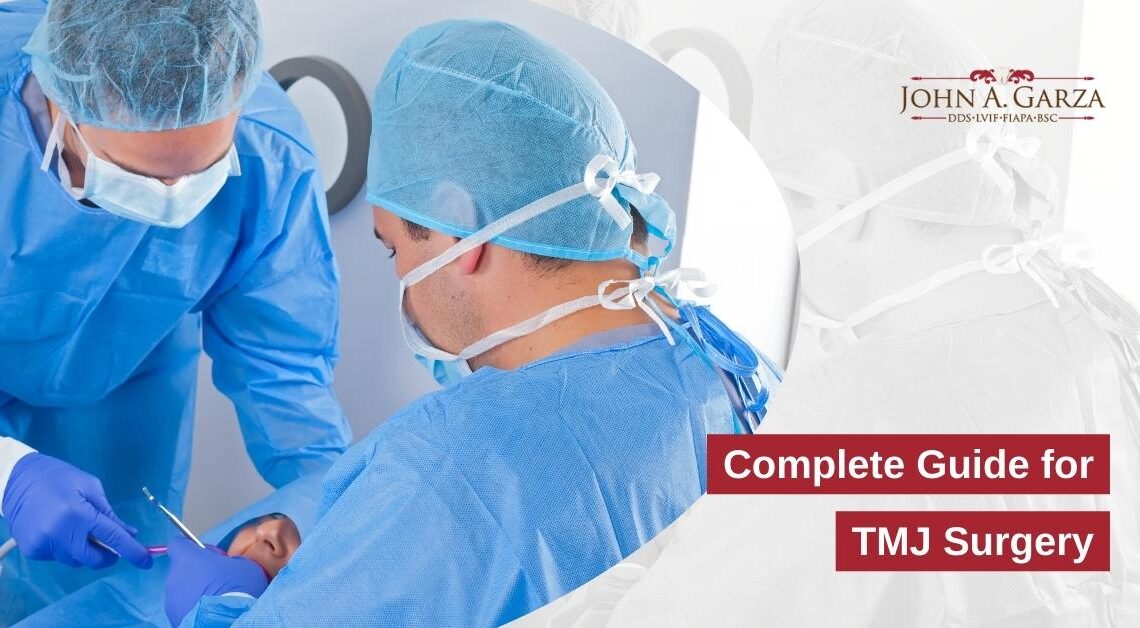Temporomandibular joint and muscle disorders, referred to as “TMJ,” are a collection of ailments that affect the jaw joint and the muscles that regulate jaw movement. Although we do not know the exact number of persons who suffer from TMJ issues, certain estimates claim that over 10 million Americans are impacted. Women tend to be more susceptible to the condition than men.
Disorders of the jaw joint and chewing muscles—as well as how individuals respond to them—are extremely diverse. According to researchers, the situations fall into three broad categories:
- Myofascial pain is a type of discomfort or pain that occurs in the muscles that control the function of the jaw.
- Internal joint derangement is caused by a displaced disc, dislocated jaw, or condyle damage.
- Arthritis is a broad term that encompasses a variety of degenerative/inflammatory joint conditions that can affect the temporomandibular joint.
The National Institute of Dental and Craniofacial Research estimates that temporomandibular joint and muscle disorder (TMJD) affects between 5% and 12% of the population. Unusual for chronic pain issues, TMJ disorders have a greater prevalence rate among younger people. Women are at least twice as likely as men to suffer from TMJ disorders, and women who use supplementary estrogen or oral contraceptives are more likely to seek treatment for these conditions.
TMJ Surgery and its Procedures
Invasive treatments, such as surgery, can cause tissue invasion.
Surgical treatments for TMJ disorders have not been subjected to long-term clinical research to evaluate their safety and effectiveness. There are also no guidelines for identifying those most in need of surgery. It’s not always necessary to have surgery if a patient doesn’t respond to conservative therapies. The doctor should explain the rationale for the surgery, the risks associated, and any other treatment options that may be available.
Arthrocentesis
Under local anesthetic, this simple surgery can be completed in the doctor’s office. When the jaw abruptly locks in the closed posture, it’s frequently suggested. Sterilized needles are introduced into the joint and the joint is flushed with sterile fluids. Being that it’s an outpatient treatment with minimum downtime, you can return home the same day. Arthrocentesis is a procedure in which needles are inserted into the joint to inject a lubricating solution. Surgery may be required to remove scar tissue or displace a disc that has migrated out of place.
Arthroscopy
A camera put through a small slit in your skin allows your surgeon to view inside your temporomandibular joint (TMJ) during arthroscopy (keyhole surgery).
Your surgeon will be able to identify issues including torn cartilage and damage to the joint’s surface. Surgery or arthrocentesis (washing out the joint) may be used to cure some disorders without the need for a big incision.
Arthrotomy or arthroplasty
The jaw joint can be repaired structurally using this open-joint surgery. A hospital stay is frequently required for this condition. Many surgical operations, such as arthroplasty (removal of growths or adhesions from the jaw) and disc surgery, can be performed using a single incision.
Joint replacement
Implants can be surgically inserted in the jaw to replace all or part of the temporomandibular joint in the treatment of severe TMJ disorder. This method is best suited for those who have significant pain or restricted mobility and have not responded to other therapies. You may want to consult with more than one medical professional if you’re thinking about having a joint replaced.
TMJ surgery ranges from minimally invasive techniques to complete joint replacement. Doctors reserve the use of these procedures for extreme cases due to a lack of data on their efficacy and safety. However, according to a 2020 study, temporomandibular joint (TMJ) surgery outcomes, including TMJ arthroscopy, are determined using both subjective and objective parameters, including reductions in discomfort and maximum interincisal opening (MIO). TMJ arthroscopy has been reported to have a success rate of between 80% and 90%.
Is surgery necessary for TMJ disorders?
TMJ surgery, including TMJ reconstruction, may be advised to treat your TMJ condition if you exhibit the following symptoms:
- TMJ locking occurs when you are unable to fully open or close your mouth.
- Continuous face pain and/or TMJ dysfunction despite at least six months of non-surgical treatment.
- An excruciating pain that cannot be relieved with analgesic drugs.
- Inability to eat or drink due to jaw pain or immobility.
- TMJ damage occurs as a result of trauma, such as facial injuries sustained in a car or motorcycle accident.
- TMJ destruction can occur as a result of diseases such as rheumatoid and osteoarthritis, or as a result of TMJ tumors.
- Hemifacial microsomia, Goldenhar syndrome, and TMJ ankylosis are all examples of facial abnormalities that impair the development of the TMJs.


